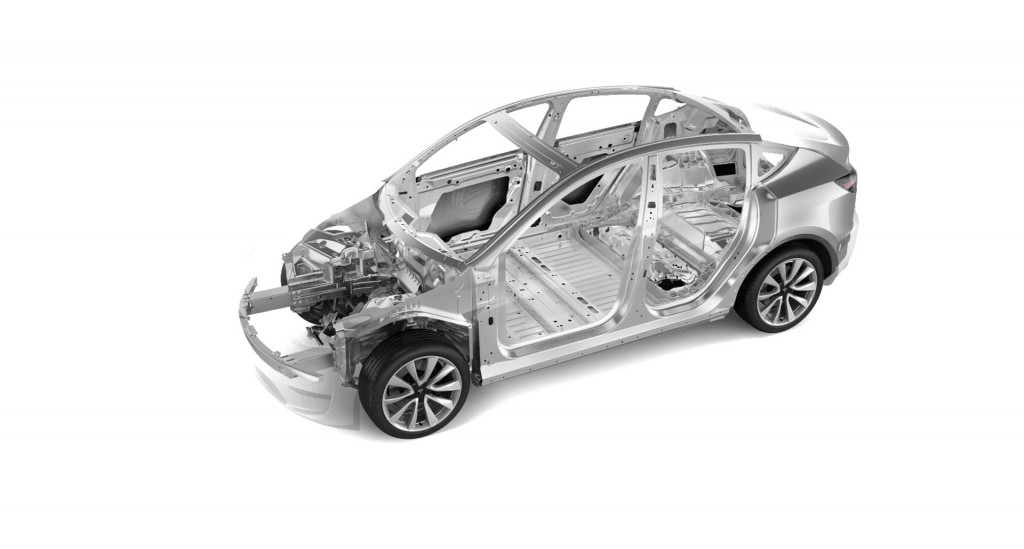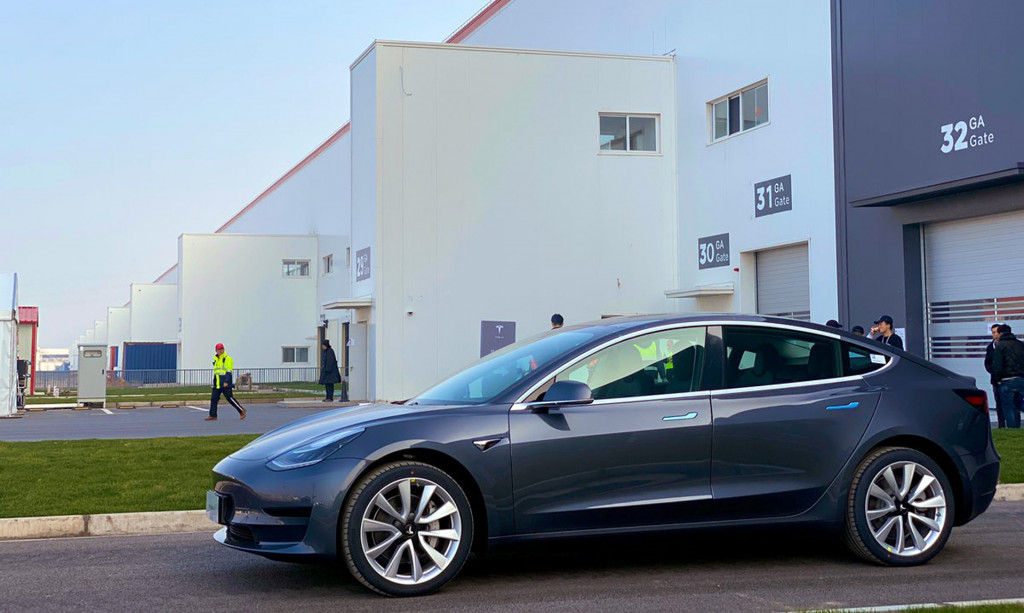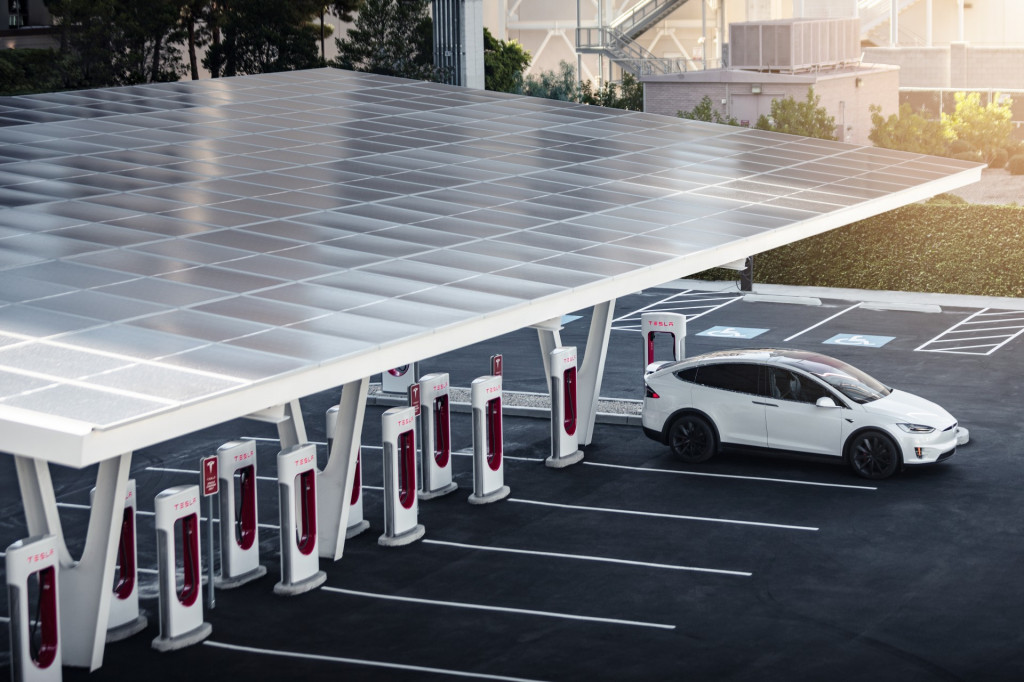As part of a quarterly financial report released Wednesday, Tesla confirmed that its production ramp for the Model Y crossover has started at its Fremont plant—and that it will start delivering the new vehicle by the end of March.
Along with that and a $105 million profit announced for the fourth quarter of 2019, it also released a surprise for the Model Y—that it’s raising the top EPA range for the all-wheel drive Model Y to 315 miles, from the previously announced 280 miles, citing “continued engineering progress.”

Tesla Model Y
The news confirms earlier suggestions from CEO Elon Musk that the company was actually running ahead of schedule with Model Y—a first for the company, which has with its other products run into issues that have delayed production.
Tesla noted that while its “combined installed production capacity” for vehicles at Fremont is currently about 400,000, its ramp of Model Y “will be gradual as we will be adding additional machinery in various production shops.”
After the expansions, Tesla claims that Model 3 and Model Y capacity, combined, will be at 500,000 vehicles per year.
Tesla also confirmed that it has been gradually ramping up the local production of battery packs in Shanghai. “Due to strong initial customer response in China, our goal is to increase Model 3 capacity even further using existing facilities,” it stated.
First deliveries from its upcoming factory near Berlin are anticipated in 2021, the company reported.

Tesla starts delivery of Chinese-made Model 3 sedans on December 30, 2019
Otherwise, Tesla rounded up some impressive numbers for production and delivery—both for the quarter and for all of 2019.
Tesla reported more Model 3 production in the fourth quarter of 2020 than in any other quarter—86,958 in total, which was up 9% over the previous quarter and up 42% over the same quarter in the previous year. In all, in 2019, Tesla made more than 302,000 Model 3 sedans and 365,000 total vehicles including Model S and Model X.
Also in the fourth quarter Tesla claims to have reached one longtime target: the same annualized production rate of 415,000 that Toyota produced at the plant over its peak year of 2006. However Tesla, of course, hasn’t yet achieved this rate over a year.
On the sales side of the equation, Tesla made 92,620 deliveries in the fourth quarter—up 16% over the previous quarter and up 46% from the fourth quarter of 2018.

Tesla Supercharger station V3, Las Vegas
Tesla also provided an update on its number of Supercharger stations. In the last quarter, it boosted its total number of both Supercharger stations and connectors by 10%—to 1,821 stations and 16,104 connectors. In terms of connectors, that’s up more than a third versus at the end of 2018.
Aiming ahead, Tesla is targeting more than 500,000 vehicles in 2020, plus major growth—of at least 50%—in solar and storage deployments. Given rising competition from other automakers, it’s going to be an exciting year not just for following Tesla’s expansion but everywhere on the electric-vehicle front.
